Urban development is full of ambitious visions and unexpected consequences. Across the United States, many cities continue to cope with planning decisions made decades ago. Some were designed without anticipating population growth, economic shifts, or environmental changes. Others prioritized short-term convenience over long-term sustainability. The results are cities where infrastructure struggles, communities are divided, and residents must navigate daily challenges caused by choices made long before their time. Understanding these mistakes provides valuable lessons about how thoughtful planning can shape a city for generations. Here are 15 cities that are still living with the consequences of planning miscalculations.
1. Detroit, Michigan
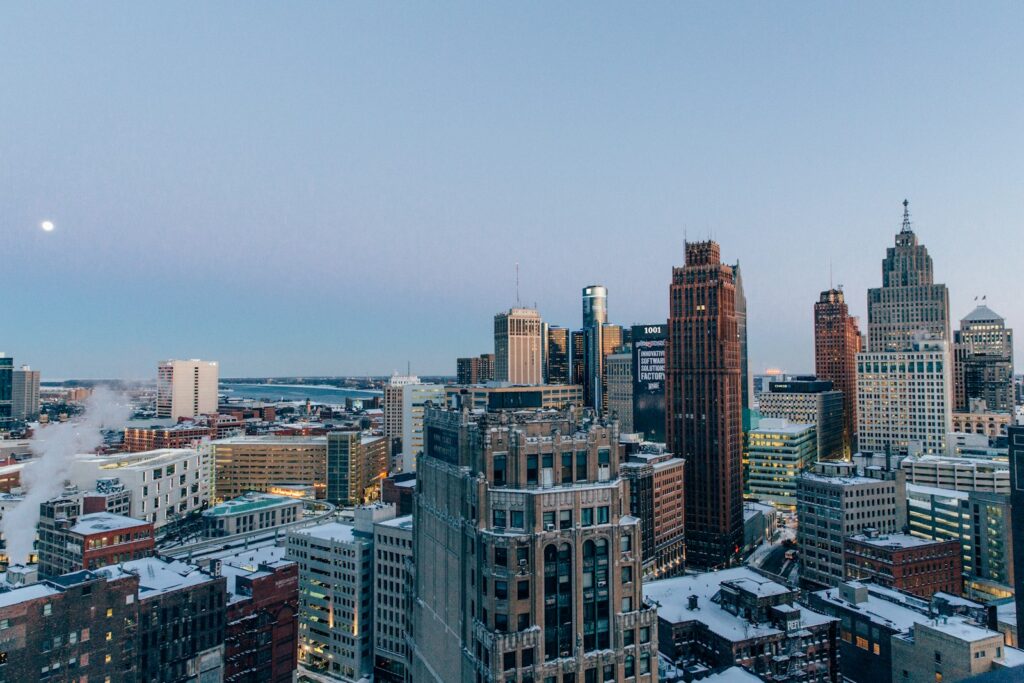
Detroit’s rapid growth in the early 20th century centered around the automobile industry. When manufacturing declined, the city was left with sprawling neighborhoods, unused industrial sites, and infrastructure designed for a much larger population. Suburban flight drained tax revenues, leaving public services underfunded and large portions of the city vacant. The reliance on roads and highways over public transit made it difficult for residents to access jobs and services. Despite revitalization efforts, Detroit still faces challenges in balancing economic recovery with maintaining its urban fabric and ensuring that remaining neighborhoods receive adequate investment and care.
2. East St. Louis, Illinois
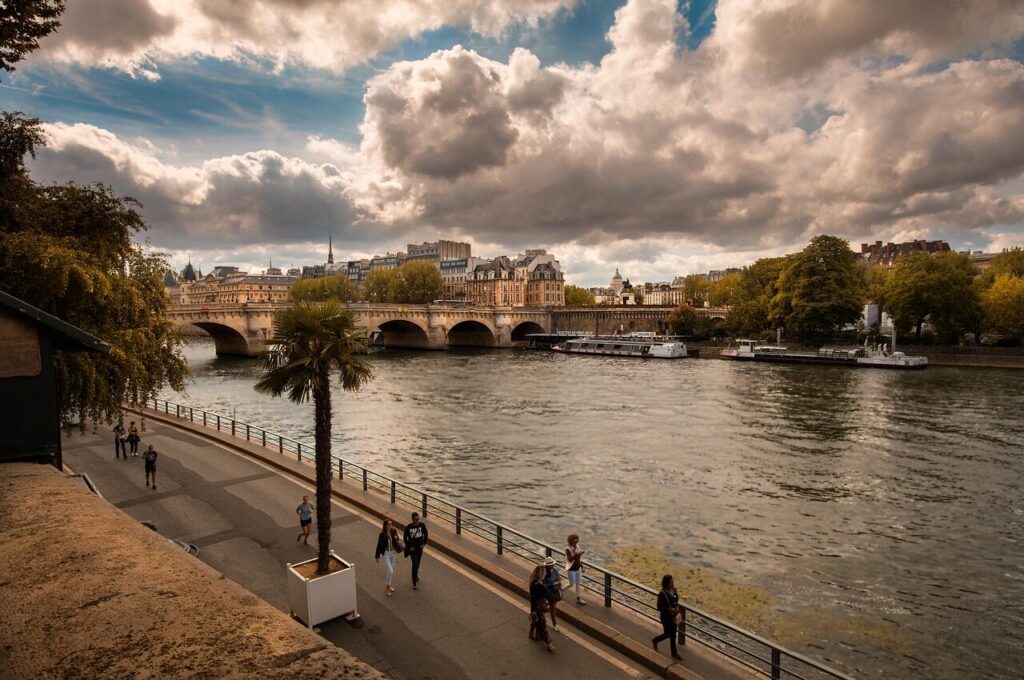
East St. Louis experienced population and economic decline after major industries left. Freeway construction disrupted neighborhoods and divided communities, exacerbating social and economic issues. Housing and public spaces were often neglected as tax revenues decreased. The city struggled to adapt zoning and planning policies to changing demographics and economic conditions. Infrastructure designed for a larger, wealthier population became costly to maintain. Schools, parks, and public transportation faced deterioration. Residents face ongoing challenges accessing quality services and employment. East St. Louis illustrates how early urban planning decisions combined with economic shifts can create long-lasting difficulties for communities attempting to rebuild and revitalize.
3. Erie, Pennsylvania

Erie was heavily dependent on manufacturing and shipping, but economic shifts left the city with unused industrial zones and a declining population. Urban development prioritized industrial access over residential quality of life. Suburbanization drew residents and commerce away from the city center, leaving downtown areas underutilized. Public transportation and road networks were often inadequate to connect remaining neighborhoods with jobs and services. Environmental concerns, such as flooding and pollution, were overlooked during rapid industrial growth. Erie’s struggle highlights the consequences of over-reliance on a single economic sector and how insufficient foresight in urban planning can affect community cohesion, infrastructure sustainability, and overall livability.
4. Louisville, Kentucky

Louisville’s riverfront development faced repeated flooding, but early urban planning did not prioritize flood mitigation. Zoning often favored commercial and industrial projects over resilient residential areas. As the city expanded, infrastructure investments lagged behind population growth. Neighborhoods near rivers and low-lying areas remain at risk, impacting property values and public safety. Transportation planning favored cars over walking or public transit, making connectivity challenging for residents. Efforts to revitalize downtown have met obstacles due to outdated infrastructure and environmental concerns. Louisville demonstrates how ignoring natural risks and failing to adapt urban planning strategies can have long-term effects on safety, mobility, and economic stability.
5. Newark, New Jersey
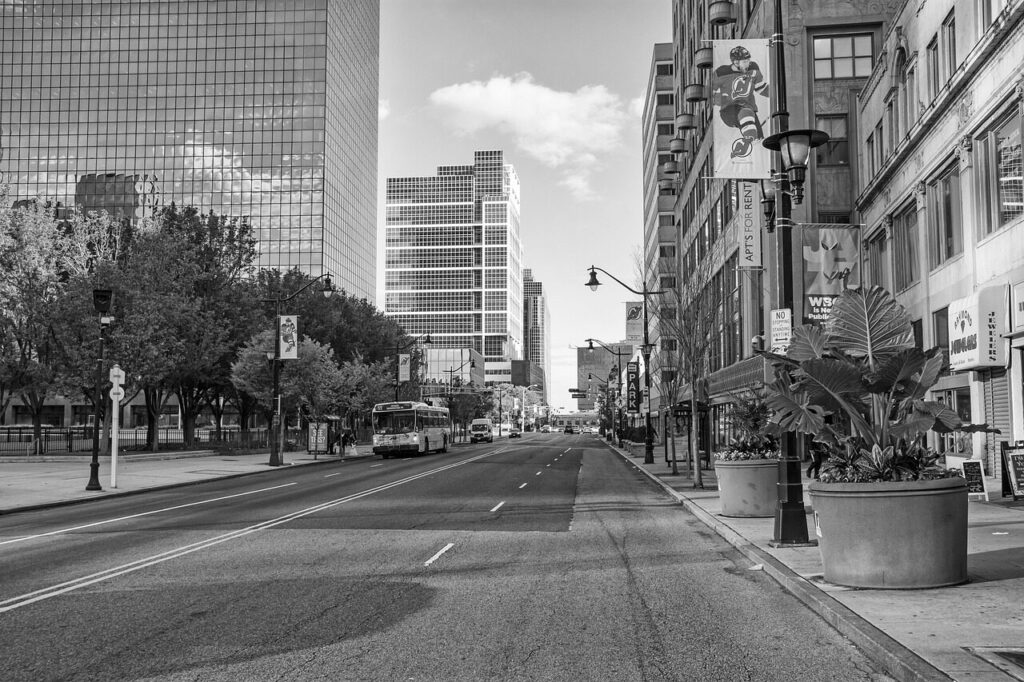
Newark faced rapid industrialization, which drew the population quickly but left little attention to affordable housing and public infrastructure. Highways cut through established neighborhoods, displacing residents and creating barriers between communities. Public transportation and green spaces were limited, and many areas became overcrowded. Economic decline in manufacturing led to job loss and reduced city revenue. Infrastructure designed for a booming population became costly to maintain as numbers decreased. Efforts to redevelop and improve public spaces have made progress, but long-term planning challenges remain. Newark illustrates how infrastructure and zoning decisions can shape social and economic outcomes for decades.
6. Cleveland, Ohio
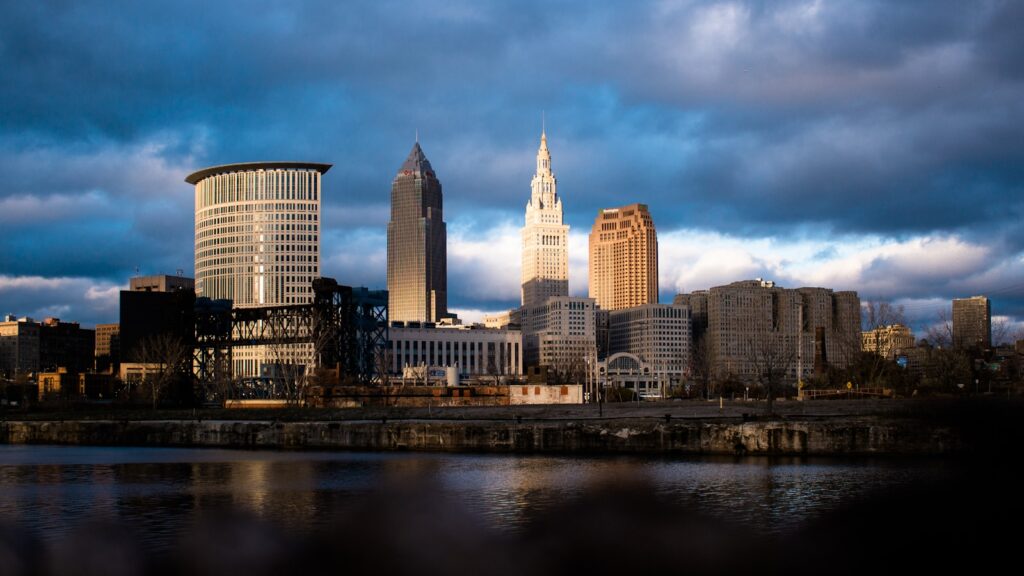
Cleveland experienced rapid growth in steel and manufacturing, but planners failed to anticipate industrial decline. Residential areas near factories faced pollution, poor maintenance, and declining property values. Suburban expansion drew wealthier residents away, leaving central neighborhoods underfunded. Public services struggled to keep up, and transportation networks were not well integrated. Large abandoned buildings and outdated infrastructure became a persistent challenge. While revitalization efforts focus on the downtown area, many neighborhoods continue to face economic and social hardships. Cleveland highlights how reliance on a single industry and insufficient urban foresight can have cascading effects on community wellbeing.
7. St. Louis, Missouri
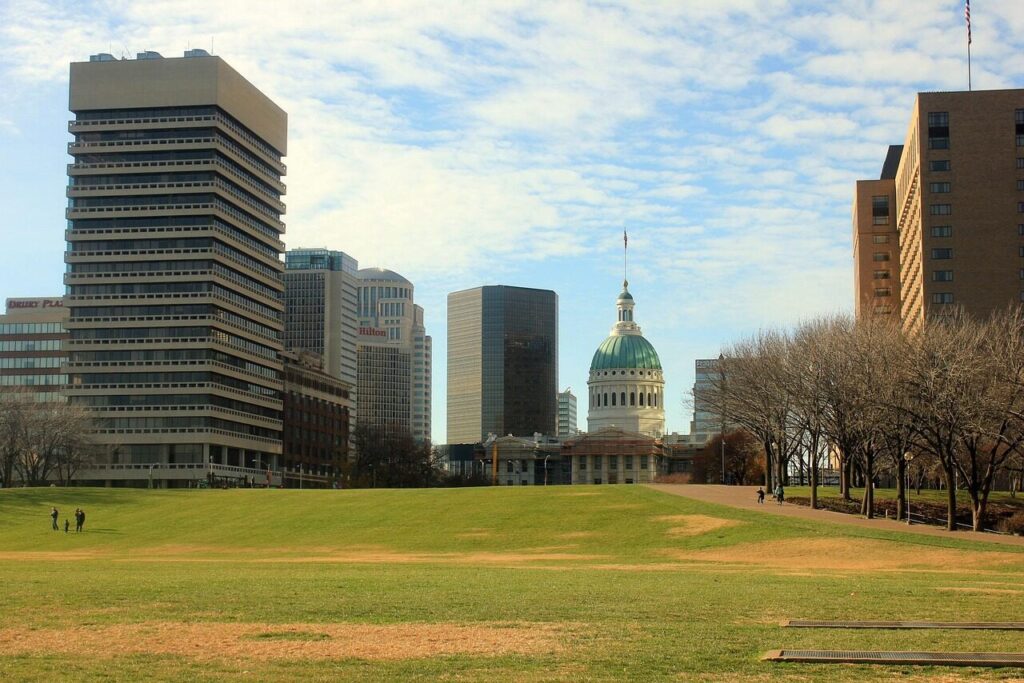
St. Louis designed highways that fragmented neighborhoods, especially those inhabited by marginalized communities. Suburban growth drained the city of economic resources while leaving aging infrastructure behind. Industrial areas were often prioritized over green space, reducing livability. Public transit investments were inconsistent, making commuting difficult for many residents. The city also faced challenges in maintaining historic districts and affordable housing. Flooding and environmental concerns were not fully addressed in early planning. St. Louis shows how urban design decisions intended to modernize a city can inadvertently create long-term social, economic, and environmental problems.
8. Buffalo, New York

Buffalo’s planning focused on accommodating industrial activity and automobile transportation. As industries closed, large areas of the city became vacant, and infrastructure costs remained high. Residential neighborhoods suffered from declining property values and reduced public investment. Snow and harsh winters further challenged the city’s maintenance of roads and public spaces. Suburbanization pulled residents outward, leaving downtown areas struggling to attract commerce and housing investment. Buffalo demonstrates the risks of prioritizing industry over diverse economic planning and how a city’s long-term resilience depends on adaptable, forward-thinking urban strategies.
9. Philadelphia, Pennsylvania
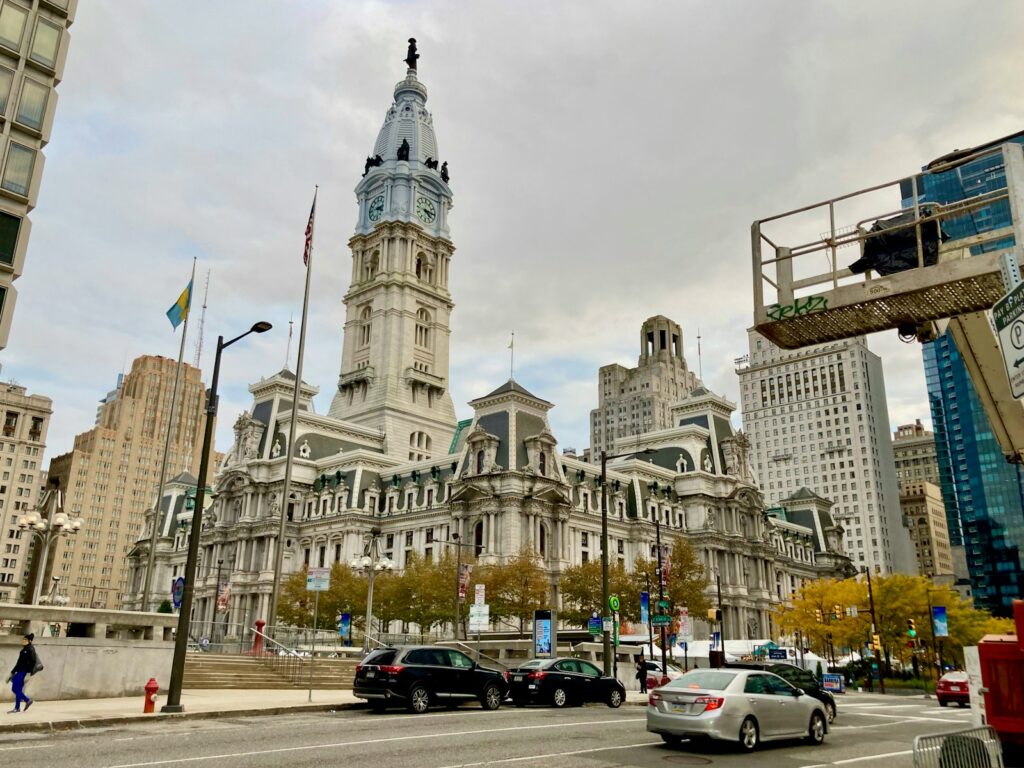
Philadelphia expanded rapidly during industrial growth without fully planning for population density or environmental issues. Older neighborhoods faced overcrowding and declining infrastructure. Highways divided communities and displaced residents, reducing social cohesion. Public services struggled to keep up with the needs of residents, while historic preservation efforts sometimes conflicted with modernization goals. Flooding and aging water systems created additional challenges. Philadelphia’s experience illustrates the importance of comprehensive planning that balances growth, environmental risk management, and community needs to maintain livable and equitable urban spaces.
10. Camden, New Jersey
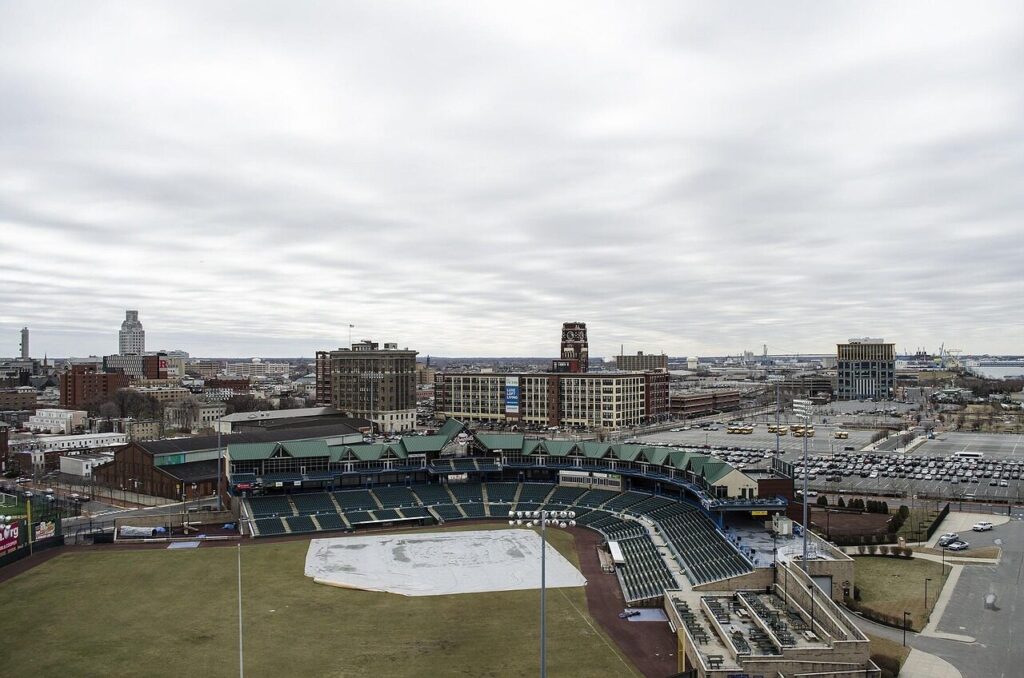
Camden faced economic decline after manufacturing left, with urban planning decisions amplifying social challenges. Highways and industrial zones disrupted communities, and affordable housing planning was insufficient. Public transportation was limited, isolating residents from jobs and services. Crime rates and property abandonment increased, making city revitalization difficult. Efforts to improve education, healthcare, and public spaces continue, but early planning decisions continue to shape the city’s challenges. Camden demonstrates how initial urban design choices combined with economic shifts can create persistent social and infrastructural issues that require long-term strategic intervention.
11. Gary, Indiana
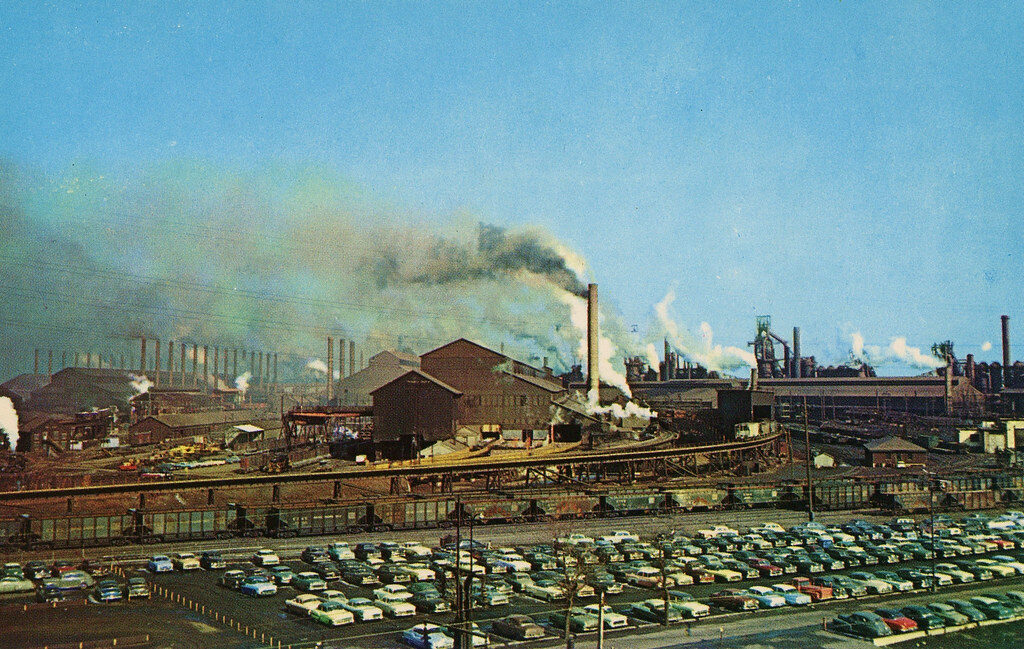
Gary grew around steel manufacturing, and city planning reflected industrial priorities. Residential and commercial areas were often separated, leaving communities disconnected. Industrial decline led to job loss and reduced city revenue. Vacant lots and abandoned buildings became common, and public services struggled to maintain infrastructure. Transportation planning favored industry and automobiles over pedestrian accessibility and public transit. Environmental concerns from industrial activity added long-term costs. Gary illustrates how economic dependence on a single sector, combined with infrastructure designed for industrial output, can have lasting consequences on urban vitality and resident quality of life.
12. Baltimore, Maryland
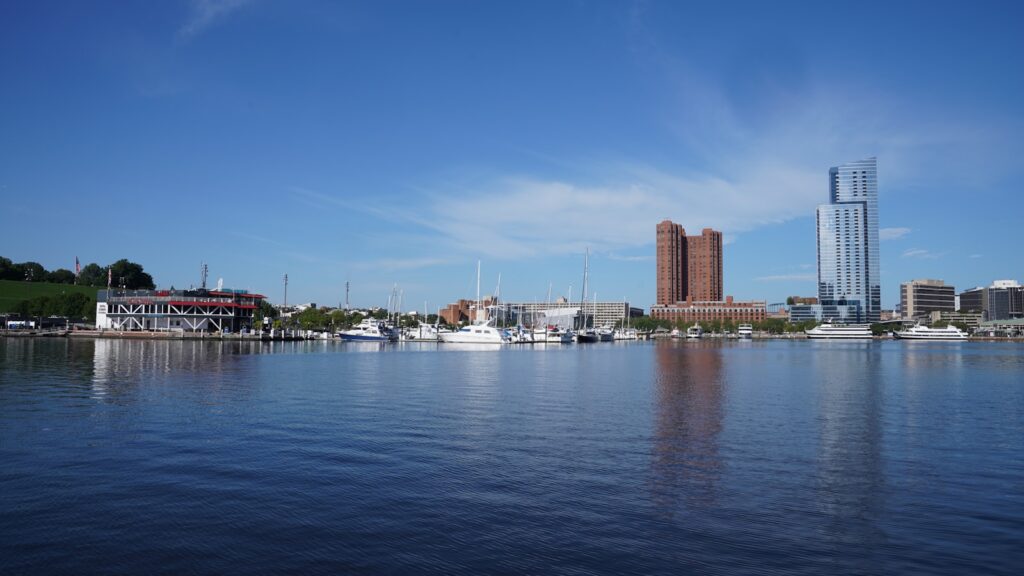
Baltimore’s historic neighborhoods were disrupted by highway construction and poorly coordinated urban renewal projects. Economic shifts left some areas underfunded and high in vacancy. Public services and schools struggled to meet the needs of remaining residents. Industrial decline reduced tax revenue, making maintenance of roads, bridges, and public spaces difficult. Segregation and zoning decisions further exacerbated inequalities. Baltimore shows how early urban planning choices can produce social stratification, infrastructure strain, and long-term economic challenges that cities must actively address to improve livability and equity.
13. Flint, Michigan
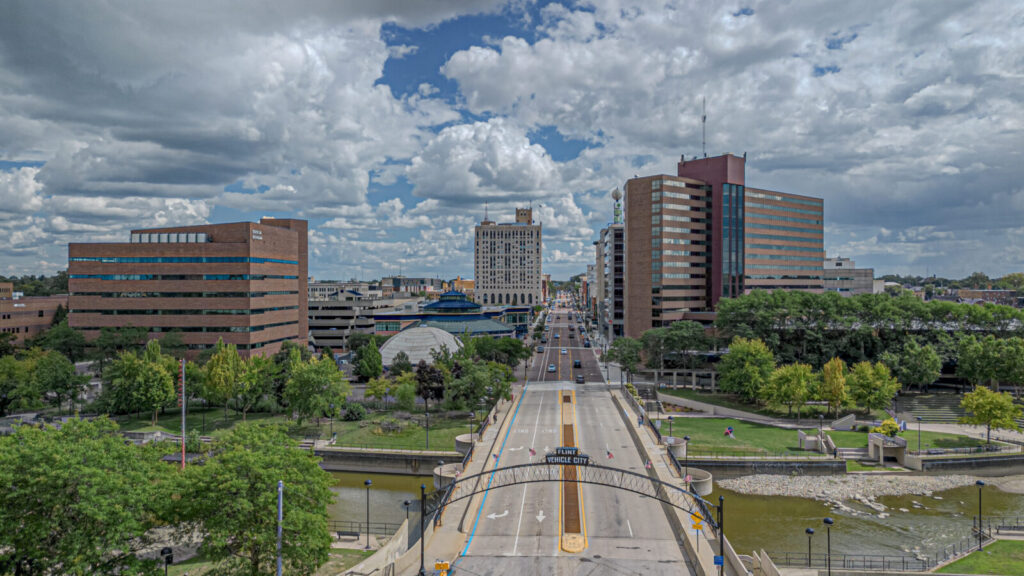
Flint’s planning prioritized rapid industrial growth without anticipating population decline. The city relied heavily on auto manufacturing, and when jobs disappeared, the tax base eroded. Water infrastructure was aging and insufficiently maintained, leading to public health crises. Abandoned homes and commercial buildings increased as residents left. Efforts to rebuild the city continue, but the consequences of earlier planning decisions remain visible. Flint demonstrates how reliance on a single industry, combined with insufficient infrastructure investment, can result in long-term urban and social challenges that affect residents’ daily lives and health.
14. Pittsburgh, Pennsylvania
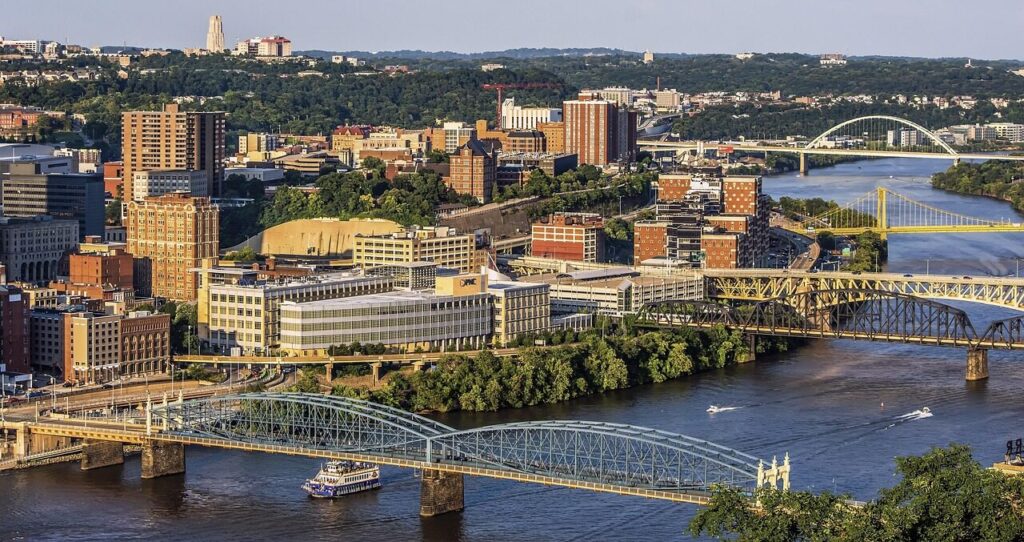
Pittsburgh focused on steel and heavy industry, which shaped its transportation and residential layout. Industrial decline led to economic challenges and population loss. Neighborhoods built near factories faced environmental hazards and property depreciation. Suburban growth drew investment and residents away, creating uneven development. Public transit and infrastructure struggled to adapt to changing demographics. Pittsburgh’s revitalization shows promise in areas like technology and education, but the legacy of industrial-focused planning remains. The city illustrates the importance of flexible urban strategies that can adapt to changing economic conditions and ensure sustainable, equitable growth.
15. Youngstown, Ohio
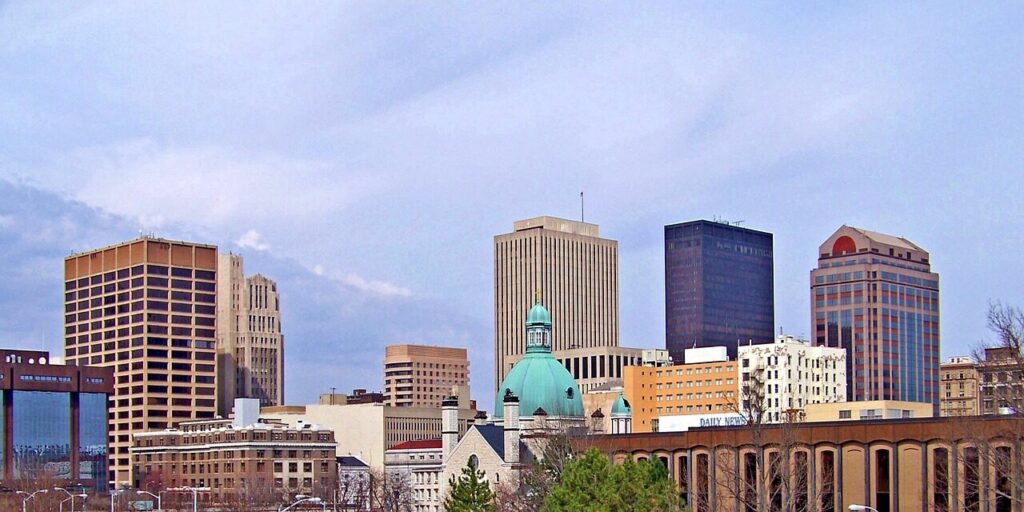
Youngstown was designed around steel and manufacturing, leaving it vulnerable to economic shifts. Declining industries led to population loss, abandoned properties, and strained public services. Infrastructure designed for a larger population became costly to maintain. Residential neighborhoods suffered from disinvestment, and public transportation options were limited. Community revitalization projects have been implemented, but long-term challenges persist. Youngstown demonstrates how over-reliance on a single industry and limited foresight in city planning can produce structural, social, and economic challenges that continue to affect residents decades later.
Comments